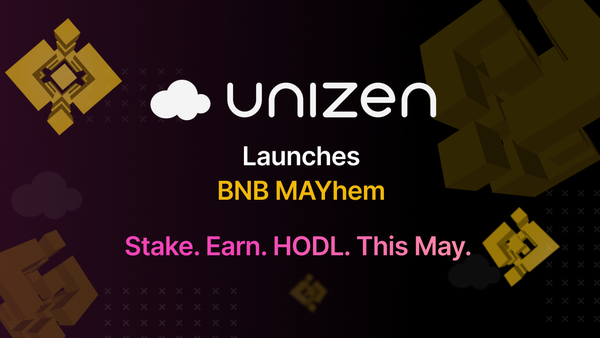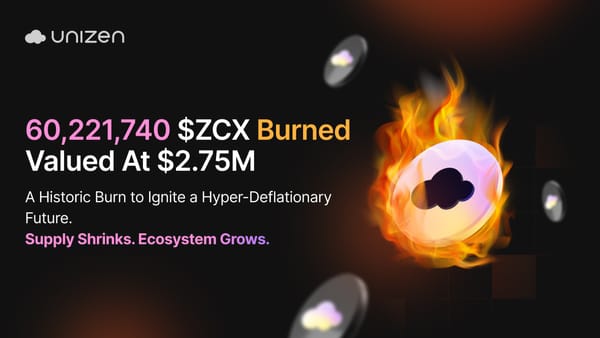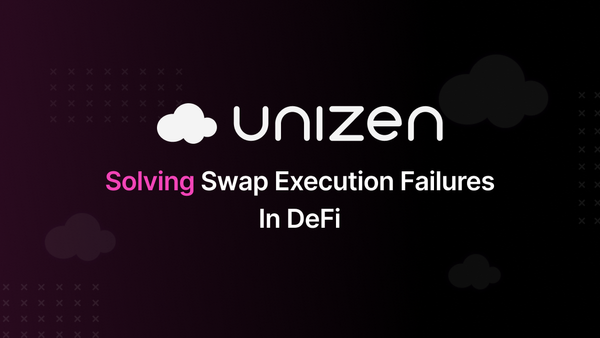Most Profitable Crypto to Mine in 2025
Discover the most profitable crypto to mine in 2025. Learn about hardware, electricity costs, mining strategies, and top cryptocurrencies like Bitcoin, Litecoin, and Monero.
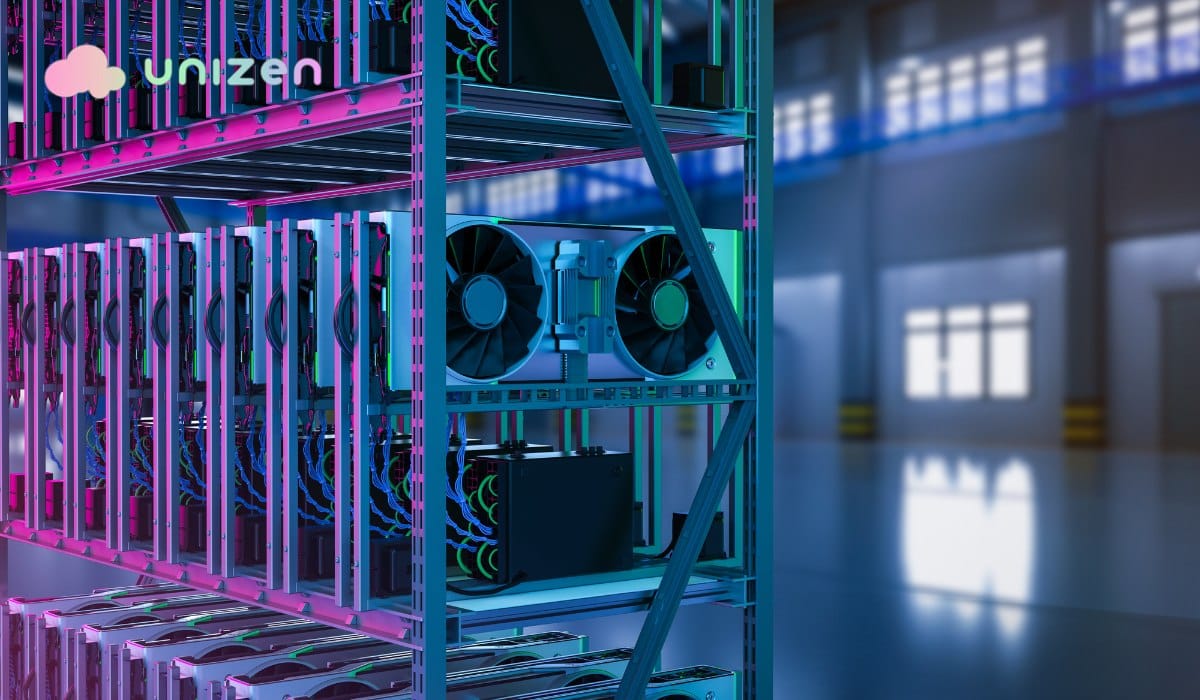
Cryptocurrency mining involves confirming and securing blockchain network transactions through computational power rewarded with digital coins. Mining Bitcoin has evolved from hobbyist mining on personal computers to highly sophisticated setups, including ASICs and GPUs. There are many mentions of the most profitable crypto to mine, such as Ethereum Classic and Kadena, since they possess relatively fair network difficulty and can offer substantial rewards, making them ideal cryptocurrencies to mine in 2025. Miners resort to platforms with data-driven tools that track market trends and mining profitability for different cryptocurrencies to make educated decisions. These platforms give miners real-time insights to negotiate the highly volatile crypto market.
The profitability of mining is controlled by several dynamic factors, which include hardware efficiency, energy costs, mining difficulty, and the market value of the cryptocurrency. Advanced mining rigs, such as ASICs and high-end GPUs, are very powerful yet consume less power; thus, they ensure maximum returns. Besides, mining algorithms adjust the difficulty in response to network activity, identification, and consistent mining of the most profitable coins. Unizen offers valuable analytics that enables miners to evaluate the return potentials of different coins, calculate break-even points, and adjust their strategies to shifting market conditions. With such facilities, miners can establish a competitive advantage and be profitable within a continuously changing business environment.
Key Factors Affecting Profitability in Crypto Mining
The key factors that determine mining profitability and guide successful operations are identified as follows:
Mining Hardware
Hardware is a very decisive factor in mining performance and profitability. CPUs are the least efficient and are only suitable for low-difficulty coins. GPUs are flexible, allowing for mining multiple cryptocurrencies at medium efficiency. ASIC miners, such as the Antminer S19, have very high efficiency for specific algorithms like SHA-256, used in Bitcoin, but they are expensive and not versatile. The reliability of a mining operation requires durable, high-quality components, proper cooling, and regular maintenance.
Electricity Costs
Electricity is a significant factor in mining profitability. ASIC miners are power-hungry; high electricity rates can quickly eat into any profit. Advantages exist for miners with access to cheap or renewable power-enabling resources, such as hydroelectricity in Canada or geothermal in Iceland. It is about hardware consumption, cooling, and ventilation to optimize performance and extend hardware life.
Network Difficulty
Network difficulty determines how easily transactions are verified to earn rewards. As miners increase, so does the difficulty, reducing profitability for lower-hash-rate miners. Conversely, reduced difficulty means better rewards. Monitoring trends in network difficulty through different applications enables miners to make a call on when to switch to more profitable coins.
Market Prices
The price of mined cryptocurrencies directly affects profitability. Prices are highly volatile and susceptible to market factors, including technology, regulation, and economics. If the price suddenly falls, even the best hardware and cheap electricity can make mining no longer profitable. Miners use Unizen to track market trends and adjust strategies to mine coins with strong demand or increasing adoption.

Most Profitable Cryptocurrencies to Mine
Each cryptocurrency is best to mine as it offers different opportunities and challenges. Miners must align their resources and goals with the specific demands of the chosen coin they are planning to mine.
Bitcoin (BTC)
It is also the most valued and highly recognized cryptocurrency, thus keeping it constant for miners looking to mine at home. It uses SHA-256 for its hashing algorithm, meaning that miners need unique ASIC miners to mine Bitcoin successfully and profitably. These machines, including the Antminer S19 series, provide very high hash rates to allow substantial rewards for miners despite the network's difficulty.
However, Bitcoin mining is very competitive, and profitability depends on cheap electricity and appropriate hardware. There are also environmental complaints because most processes in Bitcoin mining are highly energy-intensive. Usually, it tends to shift to regions where renewable energy is in plenty as a means of offsetting costs. Besides, significant upfront investment in hardware and infrastructure barriers to entry may discourage smaller operations, thereby making Bitcoin mining more industrial-scale.
Ethereum Alternatives: Post-Merge
The miners have had two places to go since Ethereum switched to PoS in 2022: Ethereum Classic and Ravencoin. Ethereum Classic is the epitome of the original Ethereum blockchain, which is GPU-mining compatible and benefits from association with the Ethereum ecosystem. Ravencoin is designed to create and transfer assets and has implemented the KawPow algorithm, which is optimized for GPU mining and fair play.
These alternatives have become very attractive for GPU miners looking to repurpose their equipment. However, the sudden rush of miners to these networks has driven up the difficulty, lowering potential rewards for those who mine crypto. Profitability in the world of crypto will significantly depend on, among other factors, electricity prices, hardware efficiency, and market demand analysis before deploying resources on these coins.
Litecoin (LTC)
Litecoin (LTC) is a first-generation cryptocurrency that utilizes Scrypt as a far more memory-consuming mining algorithm than the SHA-256 used by Bitcoin, making it a profitable cryptocurrency to mine with the right conditions. Because this algorithm is so friendly toward ASICs, dedicated mining hardware such as the Antminer L7 consistently makes this cryptocurrency profitable among Litecoin miners. Compared with Bitcoin, the lower network difficulties allow Litecoin miners to make reasonable returns with reduced hardware and energy resources.
Stability and periodic events of block reward reduction add to its appeal by increasing the price. Even though Litecoin has a much lower market value than Bitcoin, due to active adoption and good liquidity, it is still in demand among miners who want a steadier return without unsustainable costs.
Monero (XMR)
Monero is a privacy coin. It has placed anonymity and fungibility as the core of its mining, making the cryptocurrency unique in the mining landscape and profitable to mine. This is because Monero operates on the RandomX algorithm, which is designed to be ASIC-resistant and CPU-friendly. Monero is a very lucrative choice for small-scale miners on ordinary computer hardware since expensive ASICs or GPUs are not required.
The coin's privacy features guarantee constant demand, maintaining the network and stable balance. Monero's profitability directly depends on electricity costs and changes in market price, illustrating how mining depends heavily on external factors. At least its CPU-friendly nature allows miners with less-intensive setups to access it.
Kadena (KDA)
Kadena is one of the most popular coins due to high block rewards and special features related to scalability. It's based on the Blake2S algorithm and is ASIC-mineable, therefore highly effective for those who possess such equipment. Kadena generally represents the hybrid blockchain model because it combines public and private chains, attracting significant interest from developers and big enterprises and contributing to its growing popularity.
While Kadena mining is advantageous, the market value and adoption rate for this cryptocurrency to mine are still developing. This demands that miners consider the coin's long-term prospects and ensure access to efficient ASIC hardware to capitalize on its profitability.
Ergo (ERG)
Ergo is an innovative blockchain platform focused on DeFi and financial contracts. Its eco-friendly approach, with low power usage, makes it appealing to environmentally concerned miners. Ergo utilizes the Autolykos algorithm, which is used for GPU mining, thus providing real efficiency even on relatively low-end hardware.
On a positive note, the platform's sustainability aligns with an increased interest in all green technologies. According to market adoption and changes in its price, Ergo is still profitable today as a cryptocurrency to mine. Miners should take advantage of Ergo's low difficulty while appreciating its efficient algorithm and closely examining market dynamics.
Flux (FLUX)
Flux is a decentralized cloud computing platform for Web3 applications, giving it a unique use case within cryptocurrency. It uses the ZelHash algorithm, which is friendly towards GPU miners and open to mid-to-high-end GPU setups.
While it is growing in popularity, so is Flux's opportunity to grow, which makes this coin attractive for miners considering diversification. Profitability will depend on the extent of the coin's adoption in the decentralized computing ecosystem and its market performance. Miners must optimize their rigs with Flux to maximize their profitability and competitiveness.
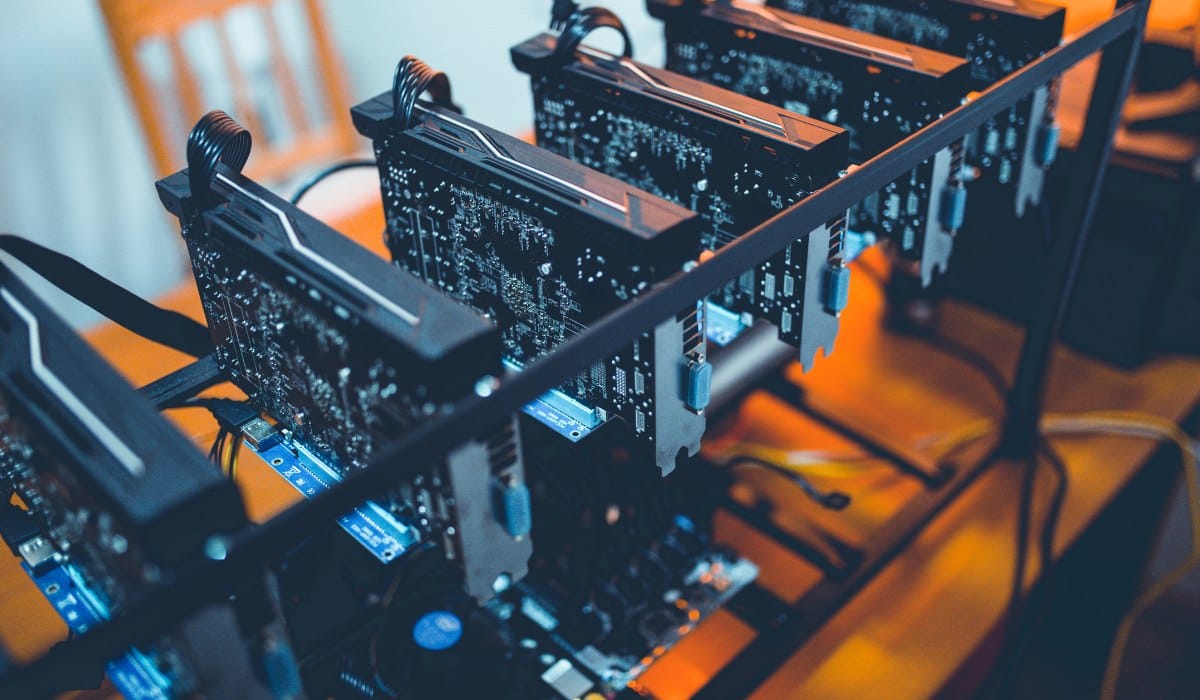
Mining Profitability Calculations of the Best Crypto to Mine
Profound assessment of the profitability of cryptocurrency mining requires several tools and a few key inputs, such as:
Tools of Calculation
Several online tools and platforms enable miners to calculate the approximate mining profitability, considering crucial variables such as hash rate, electricity consumption, and current coin prices. Among the most commonly used tools for these calculations are the following:
- WhatToMine: Among popular mining profitability calculators, WhatToMine facilitates the decision on the cryptocurrency's profitability to mine with given hardware specifications (GPU or ASIC). It considers the hash rate, power consumption, electricity costs, coin prices, and network difficulty while providing comprehensive estimates. Thus, it allows one to compare several coins and choose an instantly profitable one for a miner.
- NiceHash Profitability Calculator: The tool approximates income based on hash rate and cost of electricity, mainly for those miners who use the NiceHash platform. While it gives specific insights for NiceHash users, it also helps general miners analyze profitability across different coins and mining setups. It benefits people who want to rent their hardware on NiceHash to profitably mine crypto.
- Minerstat: An all-in-one mining software solution, including a built-in profitability calculator. Minerstat allows miners to trace their operations, compare profitability for many coins, and watch real-time hash rate statistics, power consumption, and earnings. It supports various mining algorithms and coins, and returns on investment are calculated based on current coin prices and network difficulties, making it essential to consider the best cryptocurrency for mining.
Key Inputs for Profitability Calculators:
To estimate profitability, the mining calculator needs several key variables, including:
- Hash Rate: It is a key factor in determining the profitability of various cryptocurrencies to mine in 2025. The speed with which a miner processes information is measured by how many hashes per second H/s are used. Generally, the higher the hash rate, the more likely it is to increase reward chances.
- Power Consumption: The quantity of electricity used by the entire mining setup, generally described in watts or kilowatts. Efficient utilization of power lowers costs.
- Electricity Costs: If the cost of one kilowatt-hour of electricity is low, which directly relates to mining profitability, this creates a competitive advantage for those using ASIC mining equipment.
- Coin Price: The market price for cryptocurrency influences the mining even when mining rewards are generous; if that price is low, that could negatively affect profitability.
Key Metric: ROI (Return on Investment)
The latter is a critical metric showing how long it would take to recover the essential mining hardware and infrastructure investment. If the ROI is positive, it means the process is profitable; if it is negative, mining is not profitable.
Risks and Challenges Involving Cryptocurrency Mining
Here are the risks of crypto mining:
Market Volatility
The only primary risk for miners is the highly volatile nature of cryptocurrencies. A sudden drop in a coin's value may mean losses, though profit will increase quickly if its price increases. Miners must also plan their operations considering market sentiment, news, technological advancements, and macroeconomic factors because earnings are unpredictable.
Difficulty Increasing
Mining difficulty increases as more miners join in, and hardware improves. This is how the number of calculations needed to mine a block rises, reducing the reward for the individual miner unless he upgrades equipment or has access to cheaper electricity, which is also crucial for CPU mining. With time, mining becomes less and less profitable, especially with small miners competing against big pools.
Environmental Impact
Mining, especially Bitcoin mining, is power-consuming, mainly from fossil fuels, and poses environmental hazards. This factor makes governments enact regulations that constrain energy use, and miners may face higher operational costs or even outright bans in some areas if they do not shift to greener energy sources.
Scams
Scams are rampant in cryptocurrency, especially in cloud mining, where users rent mining power. Most scams promise high returns and fail to pay, making it essential to research profitable cryptocurrency options. To avoid scams, a miner must carefully investigate cloud mining companies properly.
Strategies to Maximize Profits from the Profitable Coins to Mine
Here are Strategies to Maximize Profits in Cryptocurrency Mining
Invest in Energy-Efficient Mining Hardware
One of the most critical mining ratios is electricity — investment in energy-efficient hardware is one of the keys to maintaining mining profitability in the cryptocurrency industry. GPU and ASIC miners are the two significant types of cryptocurrency miners. Newer models of ASIC miners, such as the Antminer S19 Pro for Bitcoin and the Bitmain Antminer L7 for Litecoin, offer increased hash rates with less power consumption. Similarly, GPU miners like Nvidia's RTX 3000 series are more efficient when applied to specific algorithms. Routine maintenance ensures that this equipment runs at peak efficiency, minimizing energy waste to a minimum for maximum profitability over time.
Operate in Regions with Low Electricity Costs
Electricity prices differ across different regions; therefore, miners should look for places where energy is cheaper. For example, before the regulatory crackdowns, Iceland, Canada, and China had cheap electricity, usually from renewable sources. The miners should also explore incentives offered by the government or any tax breaks that might cut down on energy expenses. The research into local electricity prices will assist in finding the most cost-effective regions to operate, reducing overheads and increasing profit margins.
Join a Mining pool for Steady Returns.
Mining solo is highly unpredictable and may, for extended periods, produce nothing when mining a block. In contrast, fortune allows miners to collaborate on hash power in pool mining, enabling the block to solve the problem. Small miners and not-so-potent hardware would stand to gain considerably from pool mining. But usually, the mining pool attracts small fees- 1 to 2 %, and thus, the miners should also investigate pool fees, payout way, and reputations while joining the group.
Diversification into several cryptocurrencies
The cryptocurrency market is highly volatile, and price fluctuation may hurt profitability. Miners should diversify, for instance, by mining several cryptocurrencies or switching between coins depending on profitability, as the best cryptocurrencies to mine can change frequently. Tools such as WhatToMine help assess the most profitable coins daily. Diversification into coins of different market behaviors will ensure a balanced approach to reduce the impact of price swings in any cryptocurrency.
Stay Ahead of Crypto Market Trends to Adapt Strategies
The cryptocurrency space is in full flux: new coins, network upgrades, and regulation changes. Miners must also update such developments- for instance, changes in network difficulty, block rewards, and mining algorithms- to stay competitive. For example, Ethereum's transition to proof-of-stake altered mining dynamics. Miners must keep themselves updated with crypto news and industry forums to make timely decisions on hardware upgrades, coin selection, or adjusting mining strategies to maintain profitability.
Alternatives to Traditional Mining of the Best Cryptocurrencies
Here are key alternatives to Traditional Mining:
Cloud Mining
Cloud mining enables users to rent hash power from providers to mine cryptocurrencies without owning expensive hardware. Miners get a reward based on their rented power. It attracts those people who want to avoid upfront costs and maintenance, though it also contains risks: unreliable providers might hide some fees or bring variable profits.
Staking of the best cryptocurrencies for mining
Staking is the process of locking cryptocurrency in a wallet to participate in the consensus of proof-of-stake networks. In return, the cryptocurrency receives a sure reward, making it a potentially profitable cryptocurrency for miners. Compared to traditional mining, staking requires less power and technical knowledge. However, it has risks, including network vulnerabilities and lock-up periods restricting access to staked funds.
New Mechanisms
New consensus mechanisms have emerged to offer greener alternatives to both PoW and PoS: Proof-of-Space and Proof-of-Time, which can influence how miners choose to mine cryptocurrency. Examples include Proof-of-Space, as implemented on Chia, which allows people to rent out disk space for rewards, while Proof-of-Time, as implemented on Filecoin, depends on time-based participation. Still in their infancy, these offer promising, low-power alternatives for the green miner.
Conclusion
Cryptocurrency mining can be super profitable, but it does involve a lot of careful strategy and planning. Miners must consider hardware efficiency, electricity costs, difficulty levels of the network they have chosen, and current coin prices. With appropriate tools such as WhatToMine, NiceHash, and Minerstat, miners can find the most profitable crypto to mine at any given moment with their particular setup and resources. Furthermore, having knowledge of the recent trends and technologies, like cloud mining and staking, leads to even better profit through reduced costs, especially in the context of crypto tax implications. Innovation for miners helps them go through all the complexities of crypto markets for profitable opportunities. Essentially, success in mining is related to a combination of technical knowledge, market awareness, and the ability to adjust in the crypto space continuously.

